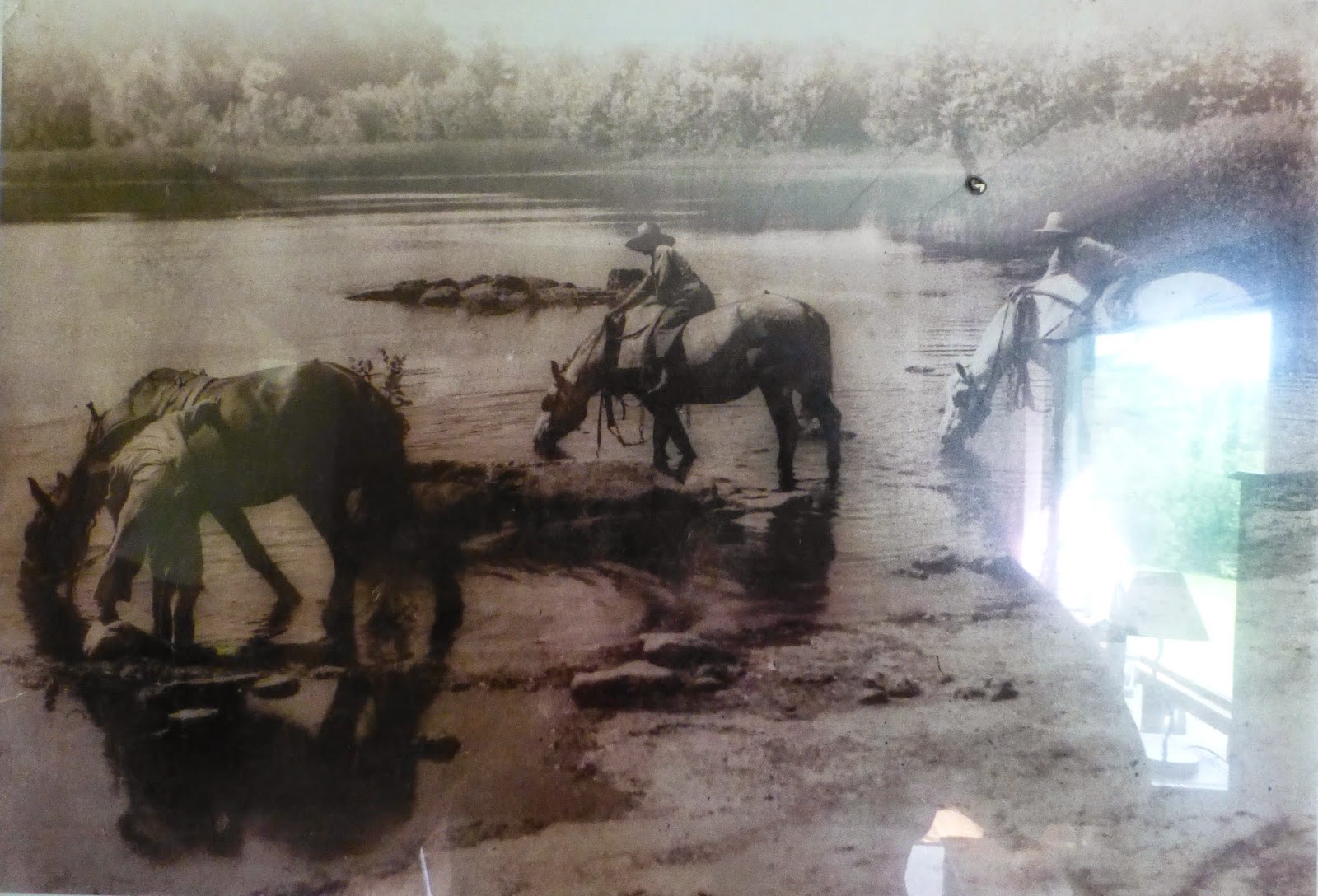 The sky was overcast with stratus. Low fog hung over the western shore of Singleton Lake. The difference in colour between the fog and the stratus was subtle but still visible and very interesting. The tops of the stratus were shaped by the wind shear. The winds in the high friction regime near the surface are typically much lighter than the winds aloft - especially in a case of the warm sector and a stable environment. The horizontal rolls of vorticity behave like pencils rolling across a table top. The rolling "pencils" create waves in the cloud tops that are perpendicular to the wind direction like waves on a lake. The edge of the pencil that is on the up swing produces a higher bump in the cloud top. The downward rotating edge of the pencil creates a valley in the cloud.
The sky was overcast with stratus. Low fog hung over the western shore of Singleton Lake. The difference in colour between the fog and the stratus was subtle but still visible and very interesting. The tops of the stratus were shaped by the wind shear. The winds in the high friction regime near the surface are typically much lighter than the winds aloft - especially in a case of the warm sector and a stable environment. The horizontal rolls of vorticity behave like pencils rolling across a table top. The rolling "pencils" create waves in the cloud tops that are perpendicular to the wind direction like waves on a lake. The edge of the pencil that is on the up swing produces a higher bump in the cloud top. The downward rotating edge of the pencil creates a valley in the cloud.The ice that covered the west basin had been pushed to the far shore by the warm sector winds. This ice was a brilliant white in sharp contrast to the grey of everything else. I call the ice "white" but there are actually a lot of different colours in that pigment.
This painting is paired with #1571 "April Sunrise Singleton".
http://fineartamerica.com/featured/stratus-day-singleton-phil-chadwick.html
















































